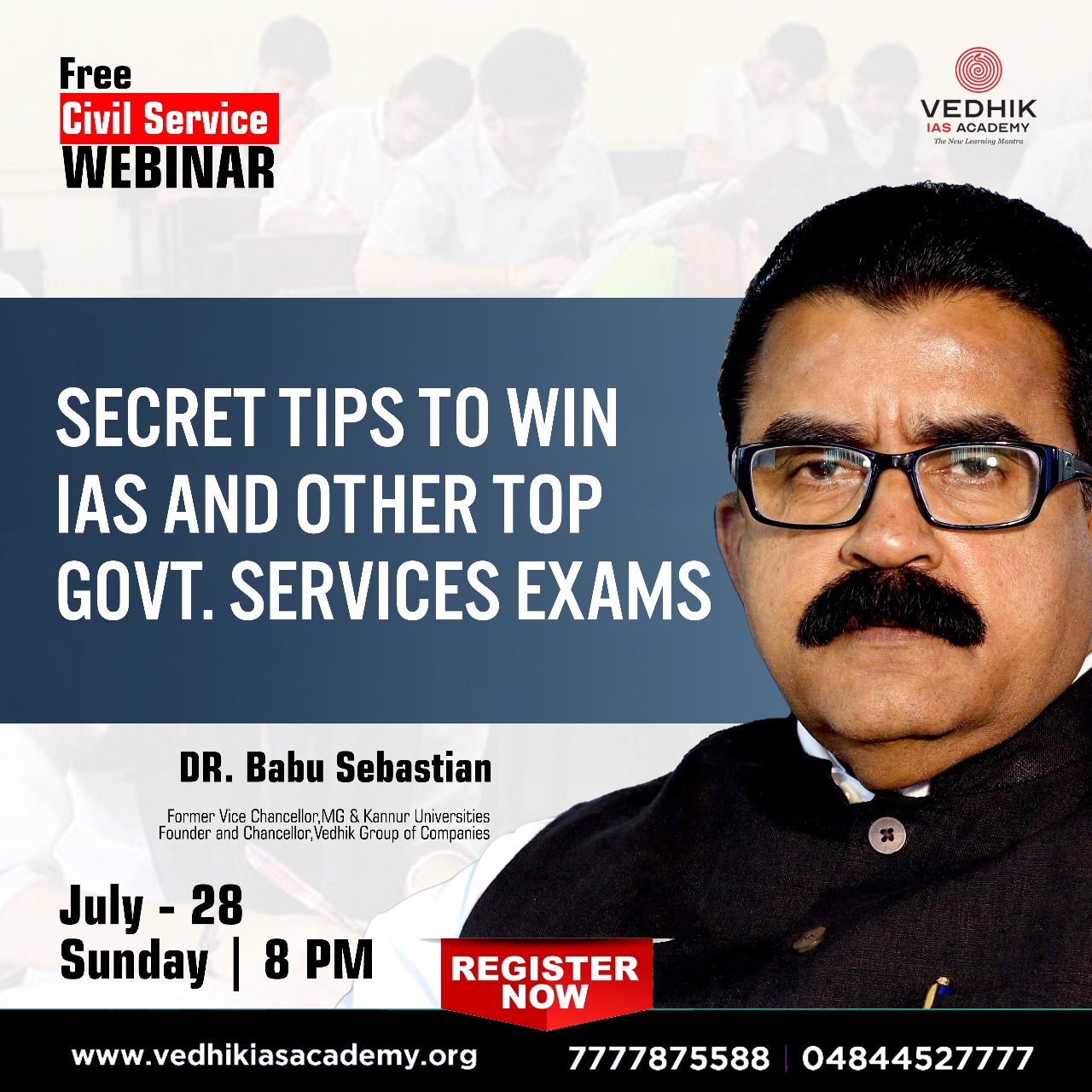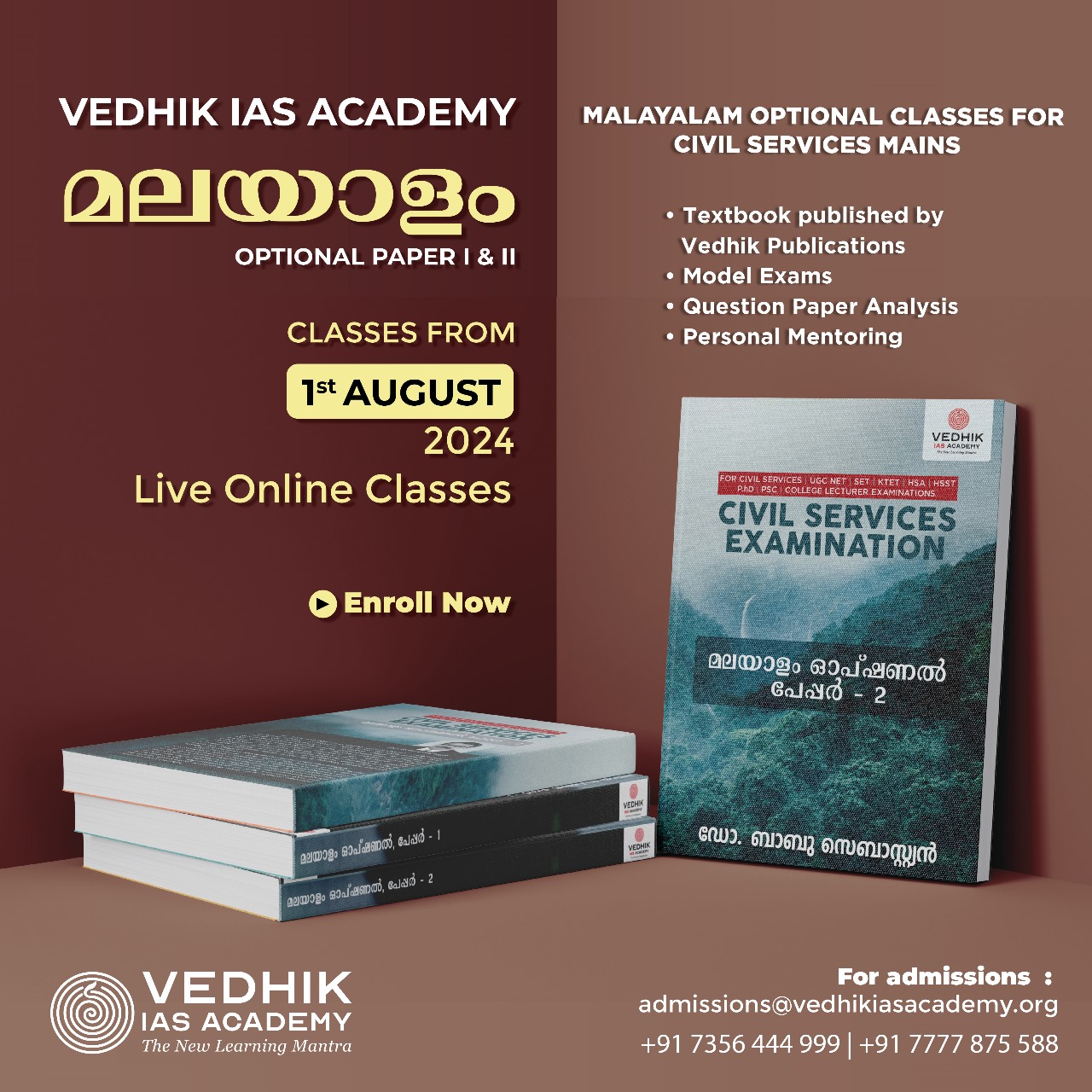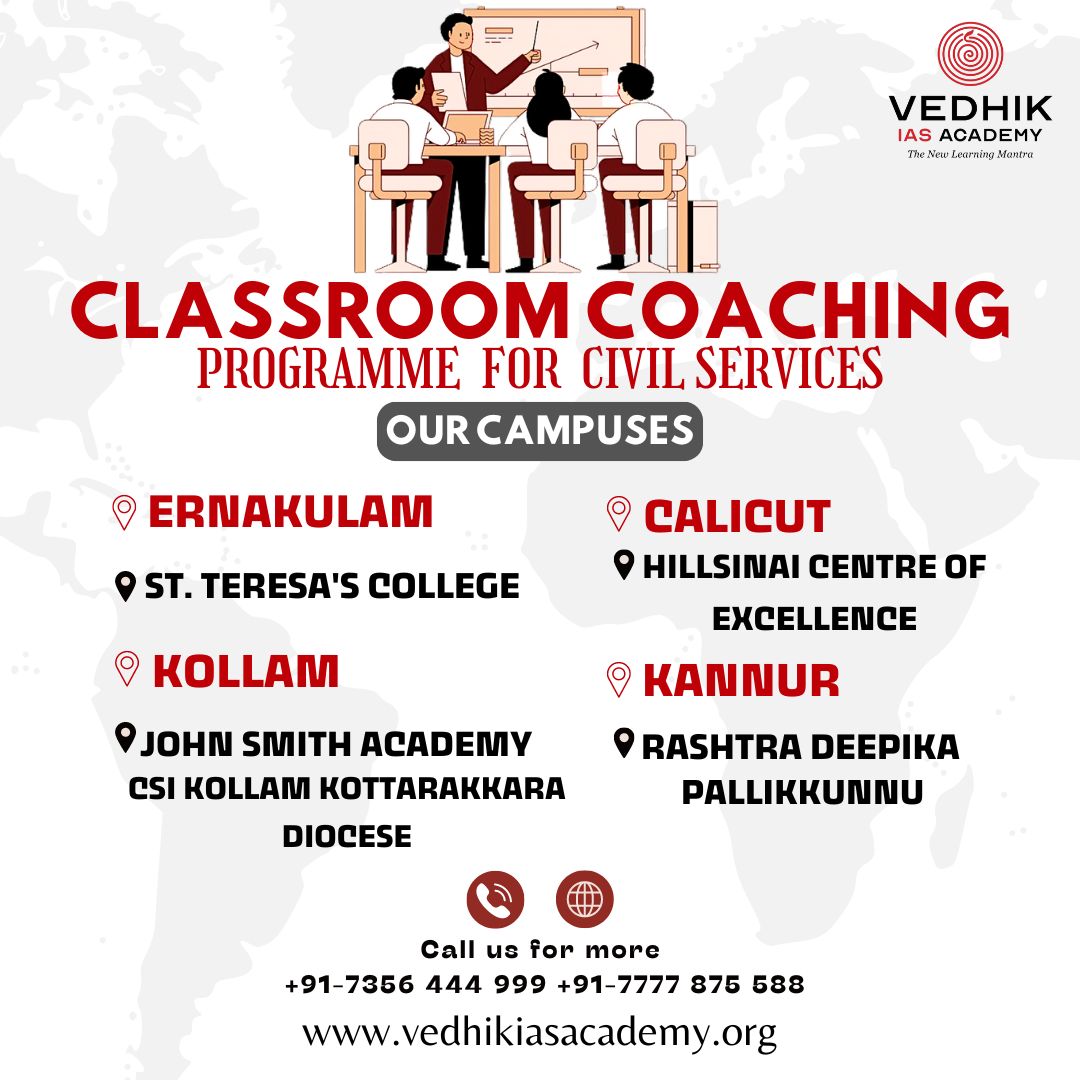- vedhik
- September 2, 2021
- Uncategorized
Introduction
Knowledge about history is very important for any kind of study, especially for the UPSC examination. It will be a significant one for both Prelims and Mains exams. The UPSC mentioned very briefly the world history syllabus. Therefore, most of the questions in the main examination seem to have been raised beyond the syllabus.
History is something to keep in mind, especially in the context of including history lessons, to remember them forever, and to make timeless changes by examining historical facts.
Rulers have always brought about changes in governance inspired by historical facts, and the impetus for modern-day reforms and changes lies in the incorporation of historical facts. That is why history is now included in all the important examinations.
The new generation should learn about past activities and the achievements and disadvantages of many areas. Sincere analysis and learning of history lead any generation and rulers forward.
Being historical, it is essential to have a very accurate analysis and study. Any minor mistake will create a very negative impact on learning.
Vedic IS Academy is therefore delivering a very high standard in the study of history. Vedic IS Academy is one of the leading institutions in the field of UPSC studies due to its unique features of systematic study and accurate information sharing.
Here are some tips and tricks on how to read history for the UPSC Civil Services Prelims Exam. In this article, you will find world history for UPSC, world history books for UPSC, and best book for world history for UPSC, etc.
How to analyse the history for UPSC?
The first thing to do to excel in the history sections in the UPSC exams is to understand the syllabus accurately. Understanding world history syllabus for UPSC accurately can facilitate and streamline learning.
The history of the world makes it fascinating to read. It teaches us essential things-things that influenced the perception of our world. As such, the intensity that pushes a student to research World History should be–curiosity; the outcome of such a study should be–fulfillment.
If these two conditions are met, the student can fully participate, remember, and comprehend the essence and meaning of the history of the world.
There are so many parts of world history that are very important and need to be examined carefully.
World history is also present in the UPSC Mains syllabus for UPSC Civil Services Mains Review. The activities of the 18th century are included in this part of the General Studies article. In order to tackle this part, candidates should have a detailed knowledge of world history.
If candidates have a detailed knowledge of World History, they would support candidates not only in the General Studies Paper 1 but also in the General Studies Paper 2.
Not all books of historical significance should be included in the subject, but knowing all of them can enhance knowledge and perform well in the exam. Then a question will arise that what should be the important things that need to remember on studying world history.
You may also like to read:
- Complete Guide To UPSC Preparation
- How to Prepare For IAS Effectively
- How to Crack IAS in First Attempt
- How to Prepare for KAS
- How to Read Newspaper for IAS
- Complete UPSC Syllabus
- World history syllabus for UPSC
We’ve already come up with the UPSC Mains Analysis Syllabus. Here we are offering the UPSC World History Syllabus in General Studies Mains. World History will include events of the 18th century, such as:
- Industrial Revolution
- Colonialism and Imperialism
- World War-I & II
- French Revolution
- Russian Revolution
- Nationalism in Europe
- Inter-War Years (1919 To 1939)
- Communism, Socialism, and Capitalism
- Cold War Era
- Post-Cold-War World
- Development in the Middle East
- Emergence of USA
- Nazism
- Fascism
- Unification of Italy
- Unification of Germany
- Bi-Polar World and Cold War
- Uni-Polar World
- Disintegration of USSR
All the important historical passages given above are very important. Lessons should be prepared by collecting and analyzing each subject and all the information pertaining to it and taking note of the main parts separately.
When analyzing history, a student needs to pay attention to the years and dates, and don’t forget to note them separately, as many dates and years are significant in history.
UPSC never asks for tiny information on World History in General Studies Paper 1. It calls for a more generalist approach to Indian history. Aspirants need not be focusing too much on facts and figures. They should strive to build an empirical approach to dealing with world history.
As UPSC History learning is closely linked to the history of India, it is essential to focus on its various areas. A substantial part of the overall questions raised in the IAS General Studies Paper I review came from Indian History, which blended with culture. A judicious assortment of hard work and the correct approach will ease the planning of history. Here we share the best approach on how to research UPSC history.
Indian history is mainly divided into 3 parts;
1. Ancient India
2. Medieval India
3. Modern India
In both the UPSC prelim and the mains examination, the three segments bear a considerable amount of weighting. In addition to these segments, society still plays a significant role. Today, it has reached a lot of mileage. The topic itself has a plethora of facts and dates.
Let us look into the detail of Indian history.
Ancient India
Ancient History is part of the History Sections of General Studies. So, it is worth taking a closer look at the subject and making it easy for us to compile this study material into 9 parts in which you can learn about the Prehistoric Period, Historic Period, Civilizations, Scriptures, Cultures, Pre-Mauryan and Mauryan Age of their religious innovations, art & architecture, commerce. Finally, Gupta and Post Gupta Period its literary origins, administration, inscriptions, kings, etc.
When studying the history of India, there are 9 main parts to consider in ancient India. They are;
- Stone Age
- Vedic and Later Vedic Age
- Pre-Mauryans age
- Age of Mauryas
- Contemporary and Post-Mauryan rulers
- Gupta Empire
- Post Gupta’s Era
- The Harshavardhana Era
- Religions of Ancient India
Ancient history continues from the beginning of the middle of the 8th century AD. Aspirants can concentrate on various times such as the Stone Era, the Palaeolithic Age, the Mesolithic Age, the Neolithic Age, and the Chalcolithic Age. They should know about the big developments that have taken place in those years.
The next area is the Indus Valley Civilization or the Harappan Civilization. The things that aspirants need to pay attention to in this area to have a clear understanding of the lifestyle and social activities of that period. Information on important places, human social lifestyles, cultural activities, family systems, and so on needs to be memorized.
In addition, it is important to understand the language used, the methods used to transmit and record information, and what evidence is currently being collected, what they are, where they are, and such issues.
In the Vedic period, aspirants need to pay attention to important social information such as family, marriage, caste system, discriminatory issues, policies adopted by the rulers, and their current relevance. It is very interesting to know the differences between Early and Later Vedic Culture and people’s lifestyles. They should concentrate on the religious, political, and economic facets of the time.
The Vedic time is well known for its literature. Aspirants should hear about Vedas, Upanishads, Dharma Shastras, Puranas, and Six Philosophy Systems.
Ancient India has witnessed the emergence of many religions. The major religions were Jainism and Buddhism. It was during this period that the attitudes of writing, art, and culture, as well as the fundamentals of many ancient cultures, were formed.
The empires and the kings who ruled them and their methods of rule are important parts to consider when analyzing ancient India.
Medieval India
Medieval history begins from the middle of the 8th century to the beginning of the 18th century AD. The questions of medieval history are small, not like ancient and modern history. Usually, in UPSC exams, the lessons and questions about Medieval India are less than in ancient and modern India. However, their importance is not taken away from the UPSC syllabus.
The medieval period was an important period in Indian history for the growth of art, language, culture, and religion. UPSC is still unpredictable, and it can come as a surprise in the coming year as well. Several applicants skip this segment, but you may smartly concentrate on particular topics.
Studying medieval Indian history includes detailed knowledge of the chronology of events. On the basis of this foundation, applicants can acquire information on different facets of history, such as economic history, administrative history, and the cultural influence of historical events, apart from political history.
This becomes much more important when researching medieval Indian history, as medieval events and economic processes still shape much of today’s cultural and economic trends, as well as establishing a basis on which to research modern Indian history.
Medieval India is made up of the Mughal, the Vijayanagar Empire, the Sultanate rulers, this area is very fascinating and full of details like other times. One must concentrate on the political, social, and economic set-up during their reign. Along with that one, the rise and fall of civilizations must be comprehensive.
The period from the 8th to the 12th century is known as the Medieval Period. This applies to the Postclassical Period in the Indian subcontinent. It is again split into two eras, the early medieval era and the later medieval period.
Points to remember about Medieval India
- For UPSC, India’s heritage, culture, ancient languages, structures, and ancient scripts are very important. By understanding these we can understand the approximate shape of Medieval India.
- Religions are most important in exams. Especially the religions that existed in ancient India. Buddhism and Jainism are considered to be the ancient ones, but the religion later emerged also have importance.
- Society, social life, and the prevailing system in India are all important in UPSC exams.
- Early Medieval Period in India. Significant dynasties; political and agrarian organization. Status of women, Expansion of social equality. The Arabs of Sind and the Ghaznavids.
- Cultural developments 750-1200, Religious circumstances: the popularity of temples and monastic institutions; Sankaracharya; Islam; Sufism. Its sculpture and design. Its literature and science.
- 13th and 14th Centuries: the causes and effects of the Ghorian invasion. Sultanate of Delhi under the rulers of the Slave. Aladdin Khalji: invasion; institutional, agricultural, and economic initiative. The inventions of Muhammad Tughlug. Firuz Tughluq and the fall of the Sultanate of Delhi. Development of urbanization and trade. The spiritual revolutions of Hinduism and Islam. Literature, Architecture, technical transition.
- The collapse of the Mughal Dynasty, the reason behind the decline. The force of Maratha under the Peshwas. The Afghans. The regional Member States. Any of the most important components of the composite culture. Astronomer, Sawai Jai Singh. The emergence of the language of Urdu.
- 15th and early 16th century: the major regional dynasties; the Vijayanagara Empire. The Lodhis the first Level of the Mughal Empire: the Southern Empire and the Government. Monotheistic movement: Kabir; Guru Nanak and Sikhism; Bhakti. Propagation of regional literature. Its art and music.
Modern India
The history of Modern India is rich with British domination and freedom struggles. This includes everything important and unimportant, from the establishment of foreign powers on Indian soil to the removal of their domination from this soil.
There are a lot of questions that are constantly asked in the history of Modern India in UPSC exams due to the fact that a tainted atmosphere prevailed even though it was a very small incident.
Modern Indian history speaks about the time of the rise of foreign influence in India before the struggle for freedom. Much of the questions come from contemporary Indian history, both for the prelims and the mains. It would be sensible to arrange concepts in a sequential and unit-wise way.
We will split the “Modern India” section into many sections that will help you learn how to study UPSC history.
There are a lot of questions from this area in recent years. Aspirants should be focused on the field of freedom movement and independence. They should know about the various protests, the intent, and implications of the movements, the people behind the protest, etc.
The policies adopted by the foreigners in order to establish their empire and the status they gained, as a result, need to be examined in detail. It is also important to note the details of the kings and rulers who made contact with foreigners and played a crucial role in their growth.
It is important to understand the timing of all these. Record the years and times of the wars, the important people who took part in them, the places where they took place, the major events that took place as a result, and so on.
History is packed with facts and figures. Candidates should be informed of the changes brought by the Governors-General and the Viceroys. In addition, candidates can also concentrate on the various Actions, provisions, and their effect on Indian society.
Topics such as the British Political-Administrative Organization Structure, the Socio-Economic Arrangement, such as Permanent Settlement, Major Papers, Sessions, Acts, and Committees formed throughout the British Empire, are also relevant in the IAS review.
Another important part of the UPSC exams is the religious and social reform movements. It is imperative that the activities of such movements be scrutinized and evaluated.
Points to remember about Modern India
- The economic impact of the British Raj: land income settlements such as Zamindari, Ryotwari, Mahalwari; deindustrialization; railroads and agricultural commercialization; the rise of landless labor.
- Cultural Conflict and Social Change: The Beginning of Western Education and Modern Thought. Indian Renaissance, Religious and Social Reform Movements; Events of social reform before 1857. Development of the Indian middle class; Local Language and Its Consequences: The Rise of Modern Literature in Indian Languages.
- The first phase of the Indian freedom struggle: National Awareness Development; Creation of associations; the establishment of the Indian National Congress and its moderate phase; Indigenous movement; Economic nationalism; the development of terrorism and the split in Congress; Policy of partition and law; 1916 Congress-League Agreement.
- Gandhian Thoughts and Techniques of Mass mobilization – Non-cooperation, Khilafat movement, Non-cooperation movement, Quit India movement; another area in the national movement-revolutionaries Subhash Chandra Bose and the Indian National Army.
- A significant feature of British colonialism was the colonial repression of India and its ruinous effects on Indian society. In this regard, pro-nationalist and progressive moral points of view must be taken into consideration when writing the notes for this segment.
- These include the Indian Renaissance, the evolution of educational and social policies, Christian missionary work, and its role in the rise of nationalism in India. Other sub-topics are about literary personalities; Like Tagore, Premchand, S. Bharathi; Film and drama are the main topics. Is to discover the cultural evolution of modern India. You need to prepare your notes from such a perspective.
General Strategy to Study UPSC History
Here is a quick summary of all the things that need to be considered in the study of world history.
The first thing to note in the history of the world is the ideas that have been embedded in many eras. Comprehensive knowledge of the Renaissance, Enlightenment, and socialist ideas is essential. Also, be aware of all the revolutions that have shaped history, all the world wars are very important in them.
Knowledge of European history while studying through the syllabus will lead to higher marks at various stages. Therefore, a clear knowledge of European history can be helpful in exams.
There should be a detailed and in-depth understanding of the post-World War II Cold War, the division of the world into two military factions, and the NATO and Warsaw Pact.
The growth of the Third World, the formation of the United Nations, and the different ideas embedded in it, decolonization, and the factors hindering the development of the newly independent Latin American and African countries. All of these need to be accurately included in the study.
The decisions that led to the end of the Cold War, the events that followed, the reasons that led to the growth of the United States and the collapse of the Soviet Union, the collapse of the Berlin Wall, and UN ideas need to be studied.
Another important element of contemporary history is the process of uniting nations around the world, which is ‘globalization’. Continental wise, development needs to be studied in this regard. Although the European Union has had some success in this regard, “Britexit” has dampened such expectations.
Conclusion
History and historical facts have their own significance in UPSC exams. Continuous study and accurate recording of lessons will help you to remember the year and time. This will help you to perform well not only in the written test but also in the interviews.
History is a subject that is very easy to understand when compared to many other subjects. Because it is more material than ideological.
Reviewing is considered an important part of the study, as are the preparations made before any exam. This will increase your memory power and help you retain information during the exam. In addition to reading and studying, you need to be able to modify and maintain the information you collect. Prepare short world history notes for UPSC and important related points. This will help you in the last minute review.
Take maximum care to minimize mistakes, the more mistakes you can make the more successful you will be in the exams.




